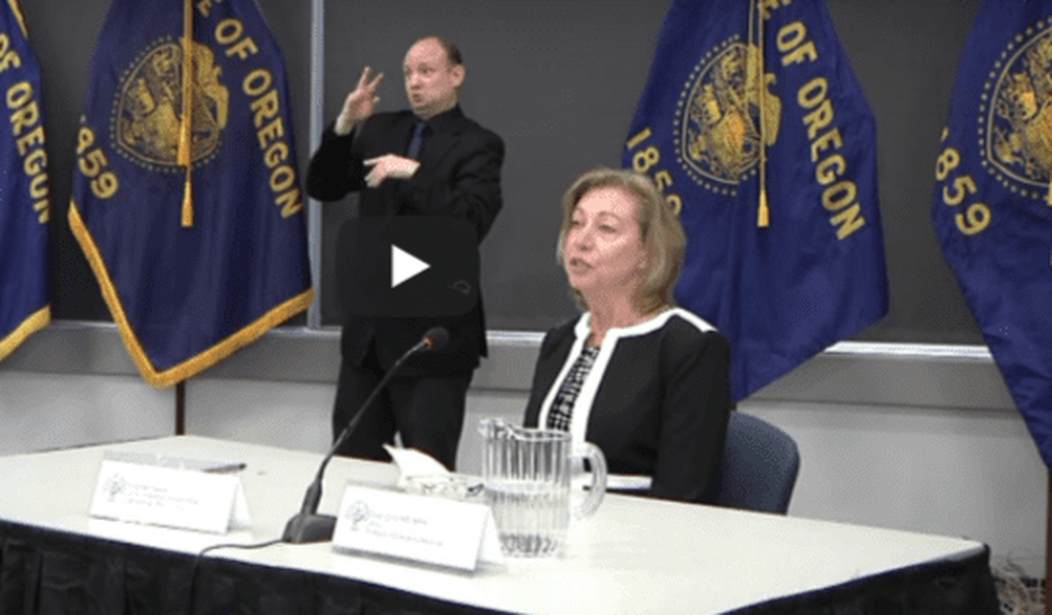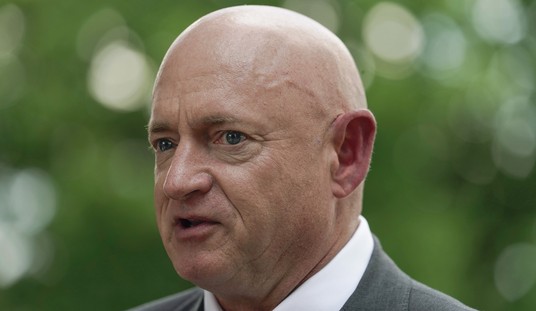At a press conference on Friday the 13th, Oregon Governor Kate Brown (D-Portland) announced a new two-week “freeze” on gatherings and activities, designed to slow the spread of COVID-19. According to media reports, the computer modeling used as a basis of the lockdowns lacked projections for hospitalizations and death rates, which were included in previous reports.
In her press conference, Brown announced the following aspects of the new freeze:
- Restaurants – Take-out only
- Gyms and Fitness – Closed
- Indoor Recreation – Closed
- Venues – Closed
- Faith-Based Organizations – Open, Capacity limited to 25 indoors and 50 outdoors
- Grocery and Pharmacies – Open, 75% capacity
- Other retail – Open, 75% capacity
- Office Environments – Closed with exceptions
- Long-term care facility visitations – Outdoor only
- Personal services – Open
- Congregate sheltering – Follow current guidelines
- Youth Programs, School, Childcare – Follow current guidelines
- Private Social Events – limited to two households or six individuals in a closed group (including Thanksgiving)
- Wear a mask in your own home on Thanksgiving, only removing it when eating
- Don’t leave your home during the two-week shutdown
According to Willamette Week, Kate Brown will also direct the police to crack down on violators:
Brown also said today that she has directed the Oregon State Police to begin coordinating with local law enforcement agencies to police the restrictions on in-home gatherings. Brown noted that households that violate the six-person limit will be committing a misdemeanor and could be to subject to citation or arrest.
OregonLive noted the state still lags behind other states in the expanded rate of increase in infections. For instance, they note, Oregon falls behind “the virus’ expansion in Spokane, Boise, Salt Lake City and Denver, where per capita rates in some cases are nearly quadruple the Portland region’s figures.”
In addition, they write,
According to modeling released by the state Friday, identified coronavirus cases could remain near the current average of 900 a day or spike to 1,500 in the weeks ahead.
State officials used new software to calculate those scenarios. The accompanying report lacks many key features from previous modeling, however, including projections for severe cases that would require hospitalization or would lead to death.
That’s a notable omission, given the state’s overarching focus on preventing hospitals from becoming overwhelmed and officials’ refusal to provide a revised timeline for when that could happen.
The modeling appears to assume a reproductive rate of 1.47, meaning each person infected spreads it, on average, to 1.47 additional people. That’s a far higher transmission rate for Oregon than other models have projected.
But the report also mentions a lower figure, 1.29. State officials did not immediately clarify if the lower figure is what the model is based on, or if it was a typo.
Should Oregon’s transmission rate fall below 1, the state would still see essentially the same number of daily cases in the weeks ahead. That would likely send even more people to hospitals, where active hospitalizations are already at an all-time high, surpassing 300.
There’s a lot to unpack here. First, state health officials failed to clarify the viral reproductive rate assumed in the computer modeling. Oregon officials still maintain, however, that a lower viral reproductive rate would lead to the same number of daily cases, and send more people to the hospital. As OregonLive reports, however, statewide hospitalizations—currently at an all-time high—number just a few hundred. That figure comes nowhere close to stressing the number of hospital beds in Oregon.
Maybe most important, OregonLive notes, state health officials used new software to calculate future projections of hospitalizations and deaths, but failed to release those numbers in their report.
It’s still unclear what the goal may be. If it’s to stop the spread of the virus, Oregon has done that. The state has always ranked in the bottom five in both the infection rate and deaths among the 50 states. If it’s to minimize stress on hospitals, Oregon has achieved that goal too. So why the new, more severe lockdowns?
Kate Brown’s chief of staff, Nik Blosser, left the administration this week to join Joe Biden’s presumptive transition team. Rumors have swirled that Brown, along with Jay Inslee of Washington, could join a Biden administration. One legislative staffer remarked anonymously that Brown appeared to be copying New York Governor Andrew Cuomo in an attempt to gain the attention of the presumptive Biden-Harris administration.
Whatever Brown’s reasons, her modus operandi seems to be ‘more questions than answers.’
Jeff Reynolds is the author of the book, “Behind the Curtain: Inside the Network of Progressive Billionaires and Their Campaign to Undermine Democracy,” available at www.WhoOwnsTheDems.com. Jeff hosts a podcast at anchor.fm/BehindTheCurtain. You can follow him on Twitter @ChargerJeff, and on Parler at @RealJeffReynolds.










Join the conversation as a VIP Member